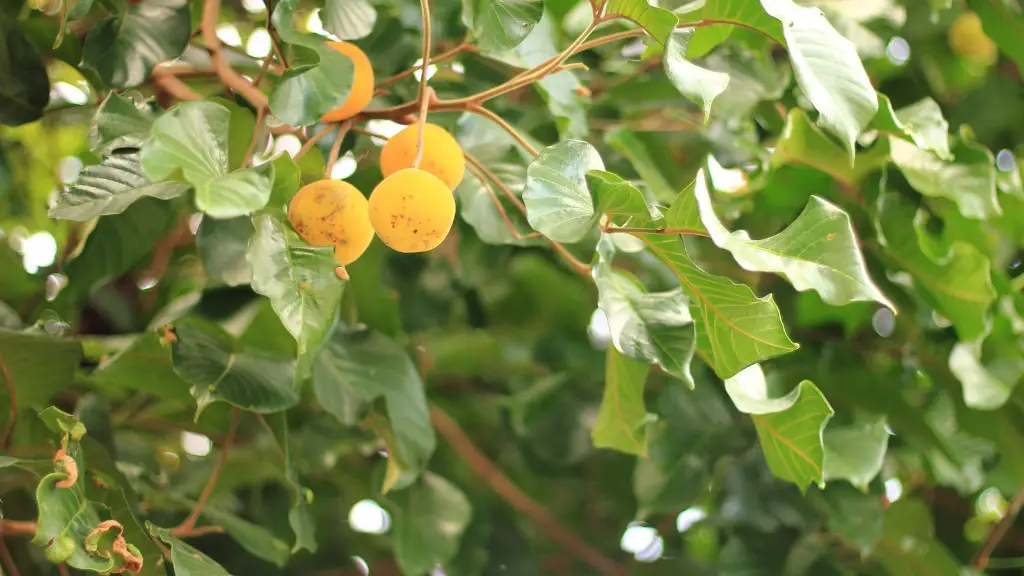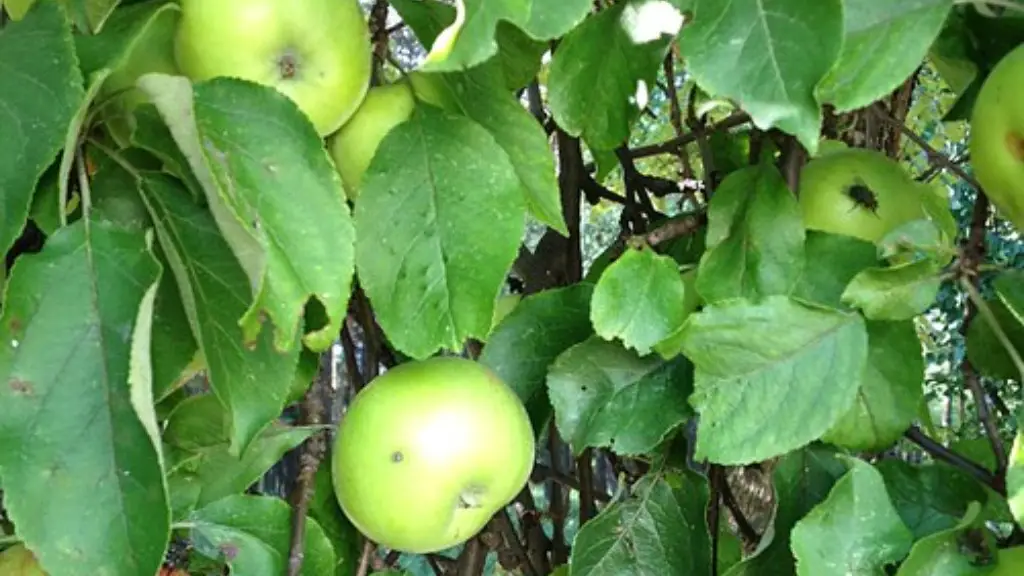Summer is an ideal time to prune your lemon tree. Pruning your lemon tree in the summer can raise fruit production and help rejuvenate older trees. Pruning not only helps keep your lemon tree healthy, but it can also help create a better quality of fruit, quicker. With the right tools and techniques, summer is a great time to prune your lemon tree.
Rationale Behind Pruning Your Lemon Tree In Summer
Many gardeners prune their lemon trees in summer because it is the time when the tree produces the most new growth. Cutting and shaping the new growth helps to maintain the health of the tree and encourages it to form a strong shape. The other important reasons to prune in summer are to help promote flowering, train the growth of the tree, protect from disease and increase fruiting. Pruning in winter is not usually recommended as the lemons are vulnerable to frost.
Tools Need For Pruning
Pruning isn’t complicated but it’s best to use the correct tools to make sure you don’t damage the tree. For pruning, you need a pair of sharp bypass pruning shears, a handsaw or lopper for larger branches, and a pair of gloves to protect your hands. It’s also a good idea to sterilize your pruning tools with rubbing alcohol to minimize the spread of disease.
Safety Considerations
Before pruning, it’s important to make sure that the area where you will be pruning is safe. Wear protective clothing, including glasses or goggles to protect against flying debris, and make sure that all children and pets are far away from the area. It’s also important to be aware of any electrical wiring or lines that could be in the area. If you’re not sure, it’s best to call an electrician.
Steps To Pruning
The first step in pruning your lemon tree is to remove any dead, diseased, or injured wood. Removing dead or diseased wood helps keep your tree healthy and reduce the chances of the disease spreading. This step should be done before any other pruning is done. The next step is to thin out the tree. Thinning should focus on removing suckers, shoots at the base of the trunk, and pruning back any branches that are encroaching on the tree surface or in the way.
Tools Need For Pruning
After thinning your lemon tree, the remaining branches should be shaped and kept at a uniform size. Pruning or shaping the tree helps create stronger branches, encourages flowering, and improves fruit production. Prune lightly, cutting back no more than one-third of the branches to keep the tree healthy. Once completed, give the tree a good dose of fertilizer and extra water to help the tree recover.
Caring For Your Pruned Lemon Tree
Once you’ve finished pruning, it’s important to continue to care for your lemon tree carefully. Make sure to water it regularly and give it fertilizer throughout the summer, as these can help your tree produce better fruit. Make sure to keep it weed- and pest-free, as these can also distract from the health of your tree. Pruning your lemon tree in the summer is a great way to keep it healthy and promote better fruit production.
Encouraging Flowering and Fruiting In Lemon Trees
Encouraging flowering and fruiting in your lemon tree can be done simply by pruning and fertilizing it in the summer. Pruning helps to keep the tree healthy, promote flowering, and increase fruiting. Applying a fertilizer that is rich in nitrogen and phosphorus can help promote flowering, and fertilizers with high potassium content can help fruit production and ripening. Applying a fertilizer in the summer can also help fruit production for the next crop.
Protecting Lemon Trees From Disease And Insects
Lemon trees are vulnerable to a range of diseases and insects. Pruning your lemon tree in the summer can help to minimize the spread of diseases and reduce the number of insects that can take root in your tree. Removing any infected or dead branches in the tree can limit the spread of any diseases, and pruning can also help keep the tree healthy and make it more resilient. Applying an appropriate insecticide can also help ward off insects.
Guidance Over Pruning
It is important to not over-prune your lemon tree as this can cause significant damage, including stunting the growth of the tree, changing its shape, or ruining its appearance. When pruning a lemon tree, always be mindful of the natural shape of the tree and how it grows. Prune to remove dead branches, thin out the tree, and shape it, but don’t cut more than one-third of its branches. If you’re uncertain of how much you should prune, it’s best to consult an experienced gardener or arborist.


